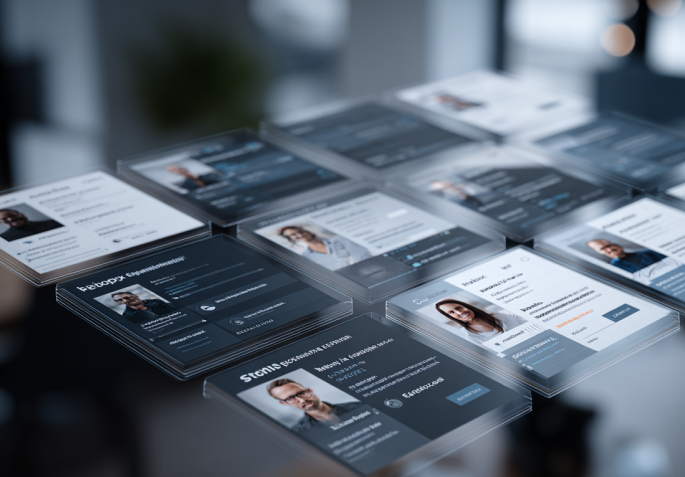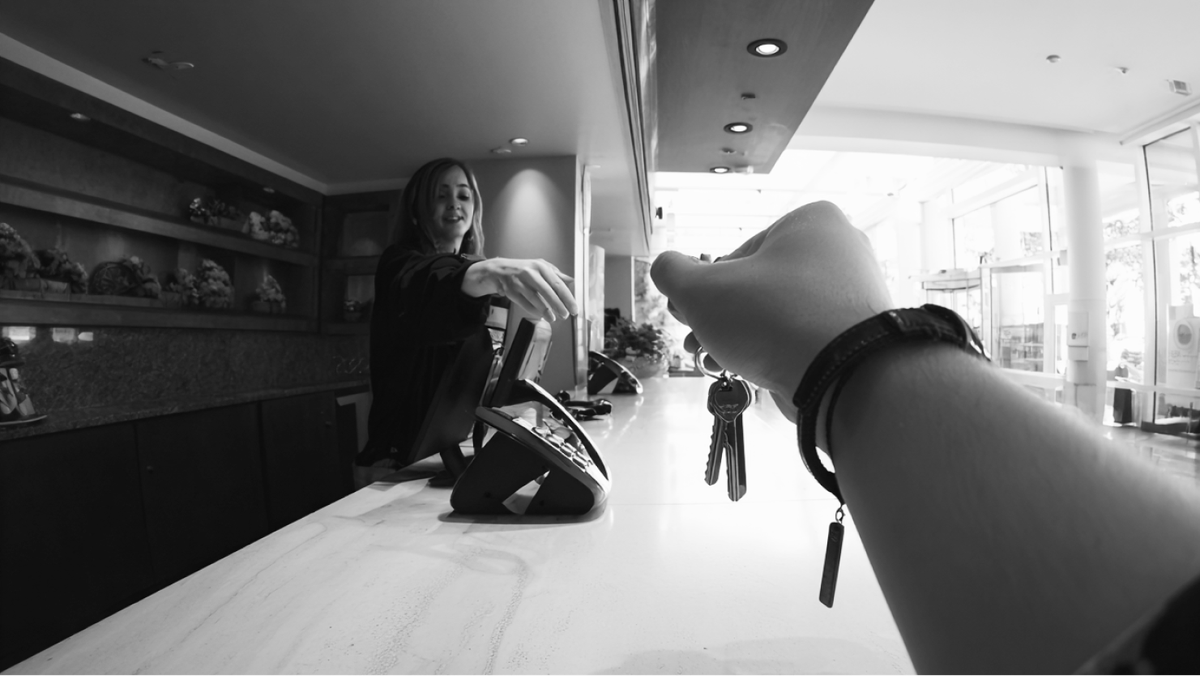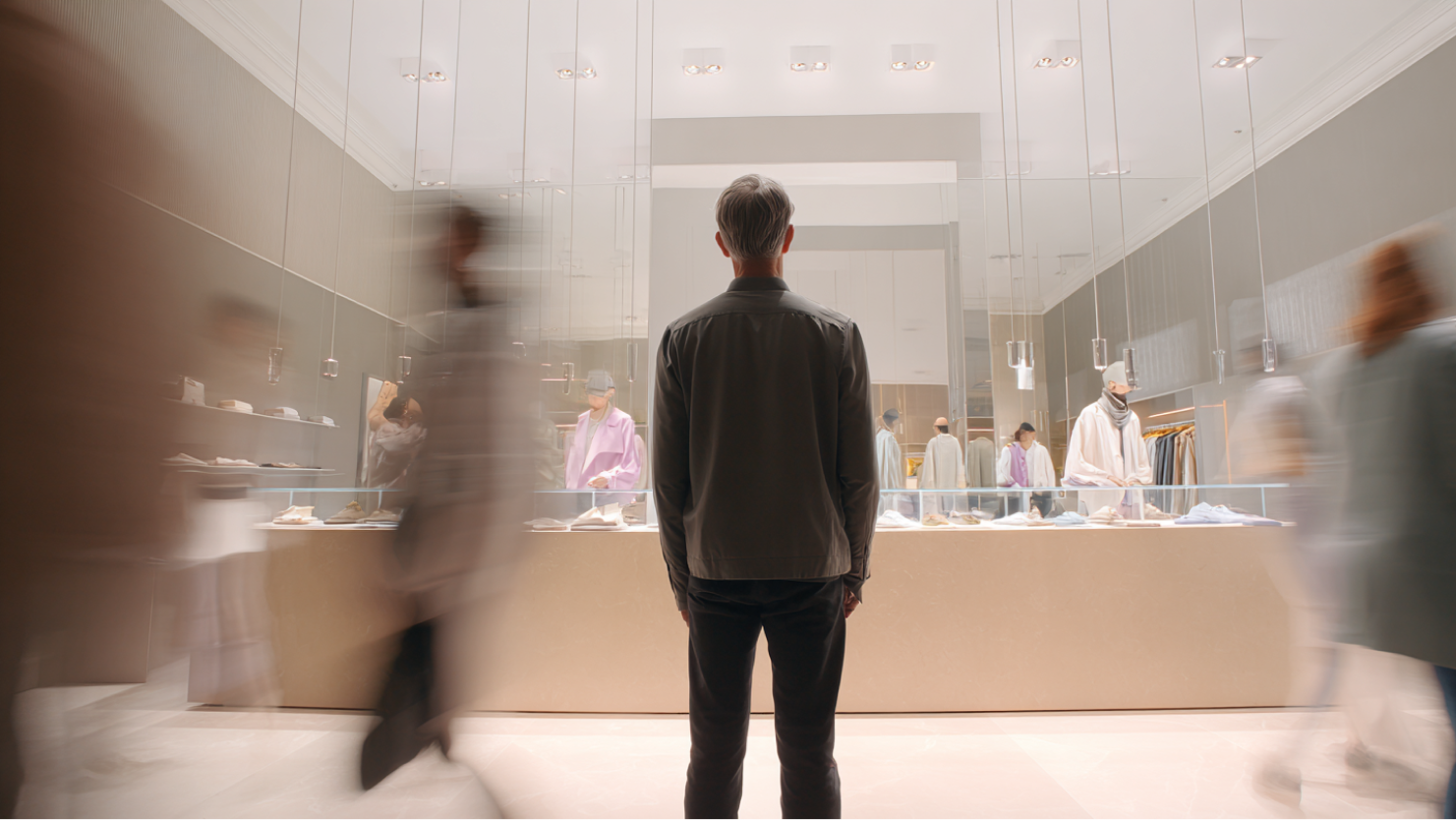For years, I lived a professional double life. While guiding organisations through transformation programs, I also tested their services anonymously - from the outside in. I didn’t call it research. I called it journey validation. What started as a curiosity became a powerful strategic tool: experiencing firsthand what the journey feels like as a real customer - not just what it looks like in corporate slide decks.
How it all began
It started almost by accident. A marketing director from a bed manufacturer company once asked me to visit a few sleep studios across Sweden and Denmark and report back on the customer experience as part of my onboarding before meeting with their management teams.
So I crafted a simple scenario: back pain, poor sleep and a partner with different bed preferences. This became my first living persona - and my first mystery shopping experience.
Over several visits to bed studios in the Nordics, I noticed worrying patterns:
- Store staff clustered at checkout, ignoring visitors
- No visible marketing material, despite significant investments
- Sales reps were unaware of key brand differentiators
- No structured discovery process for customer needs
These weren’t minor misses - they were experience failures hiding in plain sight.
From field notes to strategic action
My field report not only highlighted problems but also added realistic input to a strategy workshop with the leadership team and product owners.
Key outcomes from the work:
- Annual sales training revamped to include more in-depth sleep science
- Launch of a new content-driven “Sleep Academy” marketing funnel
- A consumer website built around real buyer journeys
- A digital bed configurator to support both in-store and online discovery
- Relocation of marketing budget from a print-first to a digital-first approach
None of these outcomes would’ve emerged from internal meetings and market research alone. They came from walking in the customer's shoes, validating each step in the journey.
Making mystery shopping a habit
With time, mystery shopping became a core method in my toolkit. I visited stores, joined membership programs, registered accounts and interacted with support - all while playing out different roles: a curious lead, a confused returner, or a ready-to-buy loyalist.



I became a living persona, scripting emotional states and behaviour patterns to test consistency across regions and channels. I wanted to see if the brand held up and where consistent under real-world pressure. As a CRM and marketing automation expert, I could map out the experience into a full funnel blueprint, with all its glitches and reality flaws.

The difference between what organisations believe they deliver and what customers actually experience was often huge.
The patterns I kept seeing
Across sectors - from fashion to finance - the same blind spots kept appearing:
- Overconfidence in internal narratives
Teams mistake diagrams and flows for reality. - The gap between design and delivery
What’s launched often drifts away from what’s practiced. - No one owns the end-to-end journey
Departments focus on their own goals, not the full flow. - The omnichannel illusion
Channels coexist, but rarely connect. - The missing feedback loop
Feedback is gathered, but rarely amplify radical change.
When mystery shopping became a validation strategy
Over time, I systemised this into a governance model. Mystery shopping became a recurring practice - not a one-off stunt. It validated journey hypotheses. It uncovered inconsistencies.


“Journey validation isn’t evaluating the user perspective - it’s coherence. It’s making sure what we promise actually happens.”
It gave leadership a real view into how strategy behaves under real conditions. I was the living proof on an experience, and with it I could stand up stimulate the internal debate on management and board level.
These discussions later became the fuel for a roadmap of change.

In many cases, the findings triggered major shifts — including CRM investments, new growth models, new customer engagement models, improved training programs and new service playbooks.
Looking back
Looking back now, I realise how deeply my fieldwork shaped my approach as a digital strategist. It made me slower to trust internal artefacts and more curious about what’s really happening out there. Especially when introducing new capabilities, new touch-points and new user behaviours connected to brand promises.

The dialogues with leadership teams and boards become much more authentic; they listen to my experiences and ask more profound, more humane questions, when realising the gap between vision and reality of their brand and the outside-in perspective.
“Customer-centricity does not fail in vision - but in real-world execution”
Mystery shopping taught me that frontline staff often reveal more about strategy than any dashboard or presentation can. That consistency matters more than polished work internally. That listening with user empathy and local context - not just analysing data - is what brings clarity to the chaos. What works in Copenhagen may not work the same in Stockholm; the local-first perspective meets the global brand story with force feedback.
Your turn
If you’ve built customer journeys, ask yourself:
Have you ever walked your customer journeys - from the customer’s point of view?
If not, start small. Try becoming a customer. Follow their path. Challenge the internal narrative with real-world experience.
Put yourself in your customers' shoes. Meet real people, make eye contact, talk and listen. Tell your story and see what happens. They do it again in another location and evaluate the difference. People are different, but the brand experience should not be. Be humble; no brand is perfect.
And suppose you need help creating your own mystery shopper scenarios, connecting your vision with reality as force feedback - I’m more than happy to help out.
Let’s bring your journey maps to life.
Need field validation?
I offer tailored mystery shopping programs that validate your brand performance in real conditions - bridging the gap between your intended experience and what customers actually encounter.
Learn moreRelated services
Do you need help in your transformation journey using Mystery Shopping & Journey validation? My services can be tailored to meet your specific situation and needs. Read more about my services in the link below.








